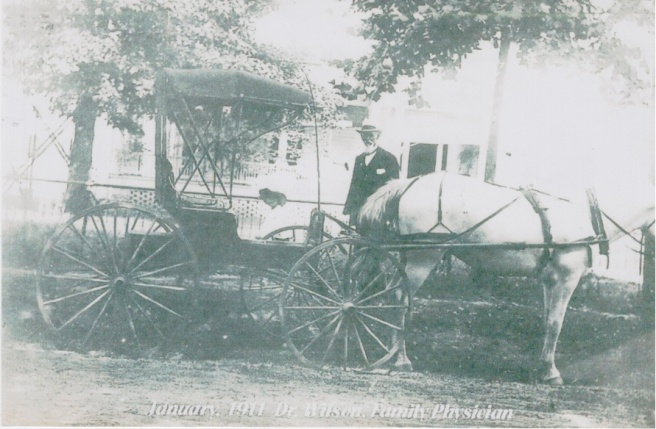Right now, I’m in Chipley, Florida, staying with my excellent and gracious friend Pam and her family, in a historic old home where Emmett and his family members had certainly visited from time to time. There’s a photo of Emmett’s father, Dr. Wilson, posed in front of this house in 1911 displayed prominently in the hall.
I’m here to catch up with my friends, visit a graveyard, see old downtown Chipley again. Tomorrow, I’m off to Marianna to continue the information dig on Emmett.
But for now, I’m playing catch-up. As promised, I wanted to share some of the findings from St. Michael’s Cemetery.
My main purpose for the visit was to track down Minnie Kehoe,
the sister of J. Walter Kehoe, one of the first female attorneys in West Florida, a successful businesswoman who owned and ran her own stenography school, and a close friend of Emmett’s.
I think that if the stars had been properly aligned, Emmett and Minnie would probably have made an excellent pair. But the differences in age (she was 17 years older than Emmett), plus the fact that Emmett was viewed as a family member/younger brother of Kehoe, and the obvious handicap of Emmett’s addiction, made it unlikely.
After much hiking about the cemetery, my friend Nancy found her.

The topmost marker is that of Minnie’s parents, Anne and John Kehoe. Minnie’s is the bottom marker. The rain has disintegrated much of the engraving on these flat stones.
I admire Minnie tremendously. She was a woman ahead of her time; she was close friends with Emmett; she would have been a great source of information. She never married; she had no children, but it may be possible to obtain a copy of her will to see if she sent her papers or correspondence to an archive. Last year, I sought high and low for any of her papers, journals, correspondence, you name it. Lots of brick walls.
It has been awhile, though; maybe it is time to try again.
After we spent some time with Minnie, we walked around and took in some of the other resident’s markers.

Another set of interesting graves. Note the small outline of the stone framework. These weren’t children’s graves.
The oak trees are ancient, massive, and mostly healthy in this graveyard. Lots of brown and green acorns on the ground beneath my feet as I walked along.
As I was looking at all the acorns on the ground, a small white stone, almost completely covered up, caught my eye. I brushed back the acorns and leaves, and uncovered this:
I had to find out whose grave this was, almost completely hidden in the cemetery. What I found was this. And then, when I dug around a little deeper, I found this.
Apparently, the wife and mother who had such tragic losses within such a short time later remarried. She’s not buried near this child’s marker. The father may be close by, but the grave is probably unmarked.
Speaking of unmarked, there was this unusual grave marker within a fence enclosure:
Most unusual. I wonder about the story behind the shell-marked grave? This is obviously a child’s grave. I’m curious about the symbolism, and why the grave was covered in shells this way.
All of this visiting cemeteries makes me realize and appreciate how all of us — everyone — has a story to tell. All of the stories are important.
Even the little ones almost hidden under acorns and oak leaves.
Categories: Book Congressman Family Florida History Recommended Sources
jsmith532
Professor,
Communication, Arts, and the Humanities
The University of Maryland Global Campus







The shell mound, that you found in St. Michael’s Cemetery, is a child’s grave. It is the only shell mound grave in the area, as far as we know. Shells represent that the interred was either of African or Native origin.
Thanks so much for the information about this grave. It was poignant.